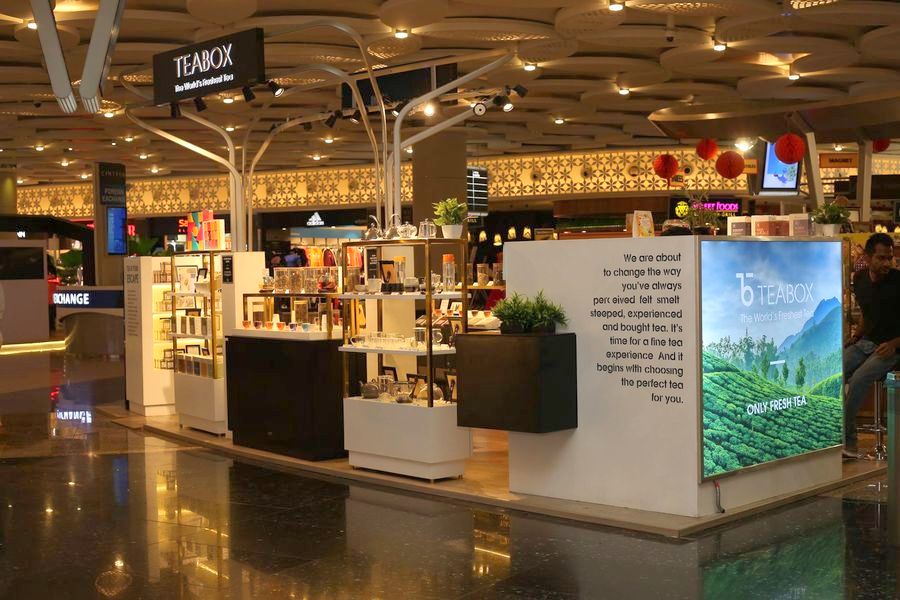The Indian project Teabox intends to open tea boutiques at airports around the world. Teabox is originally an online project that works with a variety of Indian teas, but specializes in Darjeeling. Not so long ago, the project launched two pilot offline stores at the airports of Mumbai and Bangalore, the experience proved to be successful, for the project of tea airport boutiques Teabox attracted $10 million in investments and plans to turn two stores into twenty next year.

Curiously, the first thought that comes to mind when carefully (as far as possible by simply watching a video) studying the Teabox pilot boutiques is the thought of TWG. These are also tea boutiques, they also operate all over the world and sometimes even localized at airports. They began to open in 2008 and the initial investment in the project also amounted to several million dollars. Stylistically, TWG and Teabox are, of course, very different — but that’s the whole point. The aesthetics and the business concept that formed the basis of TWG in 2008 were the mainstream for the tea trade in the luxury segment. A huge assortment, the dominance of the same style elements in the design of all goods, ponderous symbols of high cost and luxury (dark wood and all), an emphasis on the exclusivity of everything that can be exclusive, a large selection of tea accessories and delicacies for the tea table — all this, in fact, is the realization of the standard dreams of the average tea merchant 10-15 years ago.
Teabox has done the same, their pilot boutiques are the concentrated tea shopping aesthetics of the 2020s: a compact assortment, a shift in the focus of attention from a general corporate identity to the design of each specific product (or a separate part of it, up to a tea leaf), transparency (both visual and informational) wherever possible, automated customization, ensuring the closest possible contact between the buyer and commodity, the transformation of exclusivity from a phenomenon into a trade standard — and so on. This, in fact, is very interesting, not only as an attempt to make the most accurate and complete mold of the current tea trade aesthetics, but also as an attempt to become the highest manifestation of such aesthetics. The achievement of the latter objective is usually followed by a transition to new aesthetic concepts. Can’t wait to see what’s in store.
As for the Teabox airport boutiques project itself, they have a chance to fulfill one task which is extremely important for tea culture in general. The task is to make high-grade tea a part of infrastructure standard. If, thanks to Teabox, passengers get used to routinely tasting and buying good tea while waiting for their flight, everyone will benefit from this. So we wish the Teabox colleagues the best of luck.
Olga Nikandrova & Denis Shumakov. Teatips.info. 2021